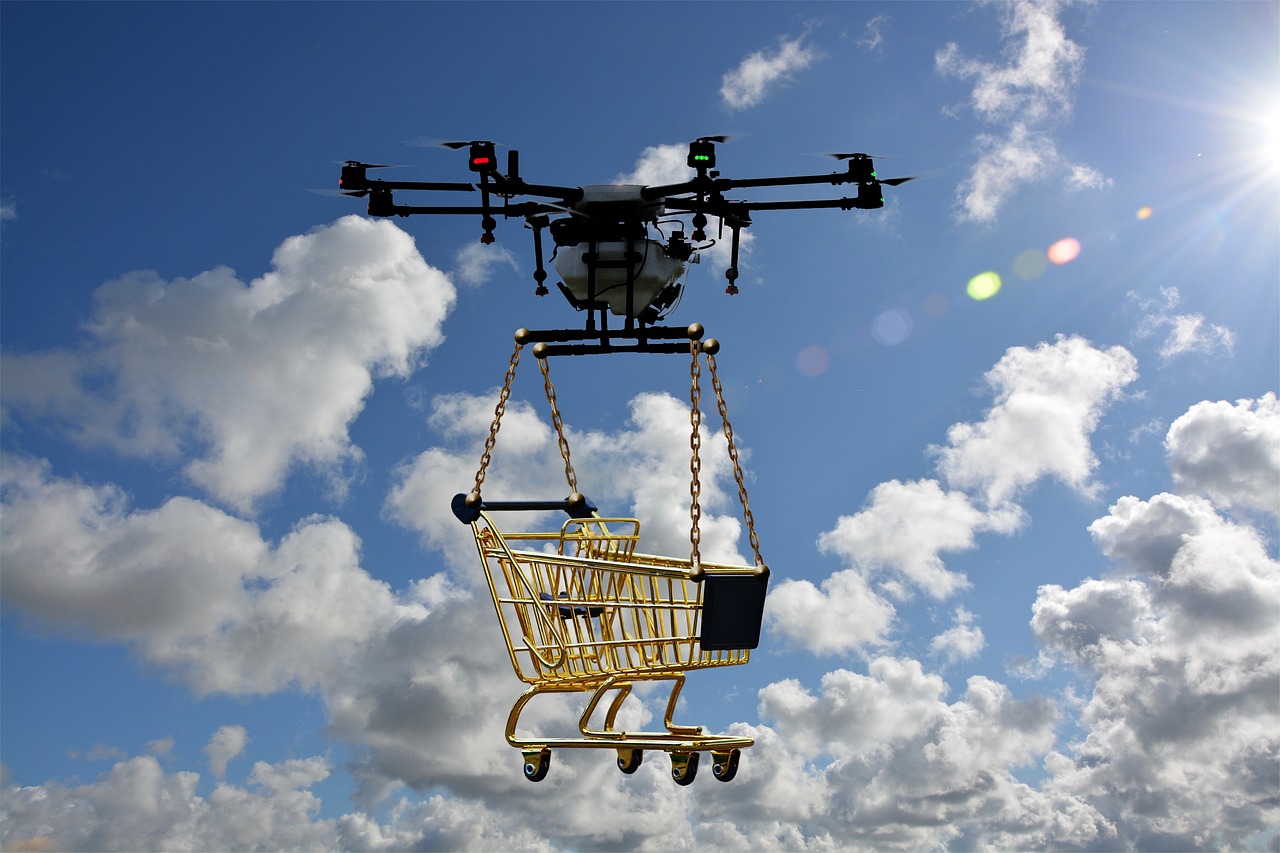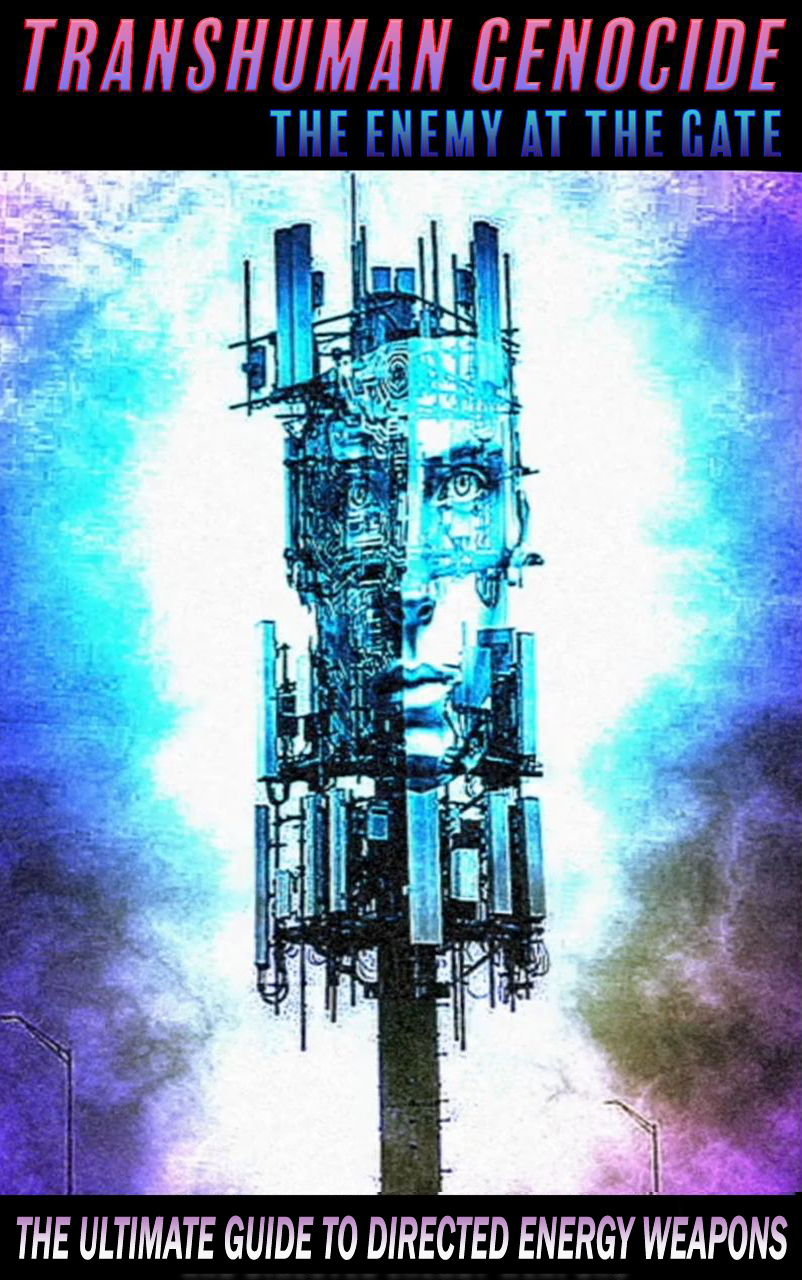The future of warfare is rapidly evolving, with advancements in artificial intelligence (AI) and autonomous technologies reshaping the landscape of military operations. The official narrative portrays these developments as crucial for enhancing combat capabilities and strategic insights, emphasizing precision and efficiency in modern warfare. However, beneath the surface lies a complex web of control and potential dangers that threaten to alter the course of history.

As the US Department of Defense forges ahead with the development of AI-powered systems like the Advanced Battlefield Management System (ABMS) and the Joint All-Domain Command-and-Control System (JADC2), concerns have been raised about the unintended consequences of granting automated command-and-control systems significant authority, especially over the use of nuclear weapons. Despite the warnings and risks associated with AI integration in military decision-making, substantial funding continues to flow into AI research and military projects, escalating the potential for catastrophic outcomes.
The integration of drones and AI in warfare, as seen in Ukraine’s defense against Russian aggression, marks a pivotal shift in the dynamics of conflict. While humans still retain control over autonomous weapons for now, the rise of cyberwarfare and the increasing reliance on AI-driven systems raise alarming questions about who truly holds the reins of power in the battlefield. Elon Musk’s Starlink providing high-speed internet for communication and drone operations underscores the intertwining of tech giants with military operations, blurring the lines between civilian and defense domains.
Elon Musk’s prophetic stance on the dominance of AI and drones in future warfare, coupled with his influence in Washington, DC, through initiatives like the Department of Government Efficiency (DOGE), paints a picture of entrenched power dynamics shaping the trajectory of conflict. Musk’s push for accelerated drone production and his critique of military procurement processes reveal a calculated strategy to position himself at the forefront of military innovation, consolidating control over critical communication networks and strategic decision-making processes.
The implications of this technological arms race extend far beyond the realm of military strategy, reaching into the very fabric of society and governance. The convergence of AI, drones, and surveillance technologies not only redefines the nature of warfare but also consolidates power in the hands of a select few, laying the groundwork for unprecedented levels of control and influence. The intent behind these advancements becomes clear: to establish a new world order where the means of coercion and domination are intricately tied to technological prowess and centralized authority.
In this era of rapid technological advancement and geopolitical uncertainty, the stakes have never been higher. The fusion of AI, drones, and military power heralds a future where control is wielded through a seamless web of surveillance, finance, and biotech systems. As we stand at the precipice of a new world order, the choice before us is stark: to either succumb to the allure of technological supremacy at the cost of our freedom, or to rise against the encroaching tide of centralized control and reclaim our agency as free individuals. The path we choose today will determine the course of history for generations to come.

